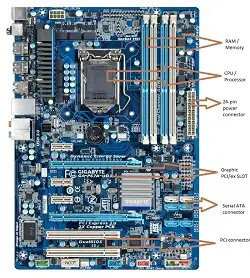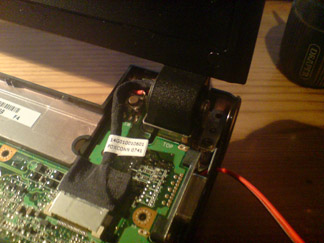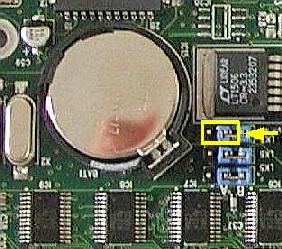Asked By
ggill1986
0 points
N/A
Posted on - 08/22/2011

hi
I am gurdeep singh from Punjab {India}. i am computer ahrdware and network engineer from last few weeks i am facing a regular problem in motherboards display my motherboards fan onces starts and then stops after few seconds and then restarts automatically but it does not give any display on monitor i tried everything like change of Ram, Processor and processor fan it nothing works. if i start motherboad without Ram then it gives long beep of missing ram. please provide the solution for this problem.
Thanks.
Answered By
NeoTech
0 points
N/A
#115849
Solution required for motherboard having display problem

Gurdeep,
It would seem that the integrated VGA in the motherboard no longer works and you might need to install an external vga card into the PCI X slot or AGP slot on your motherboard in order to display video. You must enable auto VGA selection in BIOS first to be able to activate the external video card.
Happy Computing.
Solution required for motherboard having display problem

Gurdeep, your problem here is a bit tricky to solve but if you follow these step by step solutions, your computer should be perfect within no time!;
-You first need to disconnect the power cord of the system unit, from the power supply before anything since you will need to disassemble the computer.
– Touch a metal surface to ensure discharging of static electricity.
– Carefully disconnect the 20 pin ATX power connector and the 4 pin ATX2 power connector.

Remove all PCI cards from the computer and disconnect all drives cabling from the motherboard. Disconnect also any internal usb fly leads from the motherboard


By this time what remains is the CPU heat sink and fan RAM memory and video card. Locate the round battery in the bottom right (CMOS battery) and below it you see a jumper cap. The cap covers 2 pins(1&2) with pin 3 bare. Its marked J1. Remove the pins and move the jumper to replace with pin 2 & 3. Leave it for 30 seconds and return back to their original positions (i.e pin 1&2.)

Once you do that, reconnect the 4pin ATX2 power connector and the 20 pin ATX power connector.
Connect also the case speaker.
Apply fresh compound to the CPU and heat sink.
Reconnect all the other devices and return the casing.
Restart the system to see whether it works. It should work, thanks
Answered By
lee hung
75 points
N/A
#115851
Solution required for motherboard having display problem

It is one of the great problem for you i think if you follow the instruction you can get the idea.
-You first need to disconnect the power card of the system unit, from the power supply before anything since you will need to disassemble the computer.
– Touch a metal surface to ensure discharging of static electricity.
– Carefully disconnect the 20 pin ATX power connector and the 4 pin ATX2 power connector.
Remove all PCI cards from the computer and disconnect all drives cabling from the motherboard. Disconnect also any internal usb fly leads from the motherboard By this time what remains is the CPU heat sink and fan RAM memory and video card. Locate the round battery in the bottom right (CMOS battery) and below it you see a jumper cap. The cap covers 2 pins. with pin 3 bare. Remove the pins and move the jumper to replace with pin 2 & 3. Leave it for 30 seconds and return back to their original positions. Once you do that, reconnect the 4pin ATX2 power connector and the 20 pin ATX power connector. Connect also the case speaker. Apply fresh compound to the CPU and heat sink. Reconnect all the other devices and return the casing.
Restart the system to see whether it works. It should work, good luck.
Solution required for motherboard having display problem

If you have no display, check where your monitor is connected. If you are using a dedicated video card, try transferring the monitor to the built-in video card on your motherboard. If this works then your dedicated video card needs replacement. Remove it from your motherboard and just use the built-in video card for the meantime until you buy a new video card.
Unfortunately, if you are using the built-in graphics adapter on your motherboard and you have no display, it means you have a dead motherboard. First, make sure the monitor is turned on and plugged in to the power. When the built-in video card fails, so is the motherboard. In this case, just replace the motherboard.
When buying a new motherboard, buy with the same socket model and memory type so you can still use your existing processor and RAM modules.

















